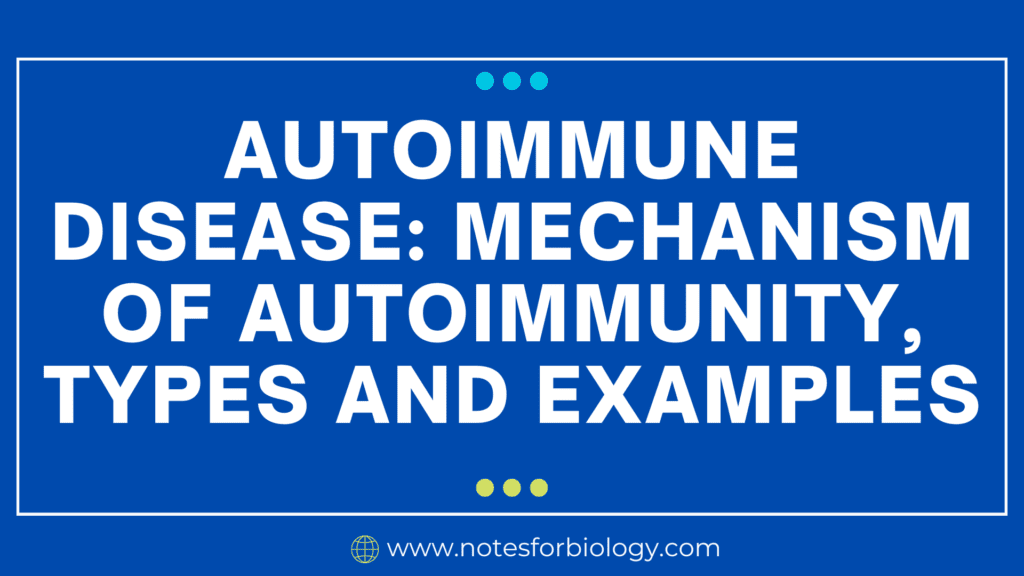Interferons (IFNs): types, mode of action and effects
What is Interferons ? Interferons (IFNs) are proteins produced by the body’s cells in response to viral infections, tumors, and other threats to the immune system. They serve as critical players in the body’s defense mechanisms, helping the immune system fight off infections and diseases. The name “interferon” comes from their ability to “interfere” with […]
Interferons (IFNs): types, mode of action and effects Read More »










